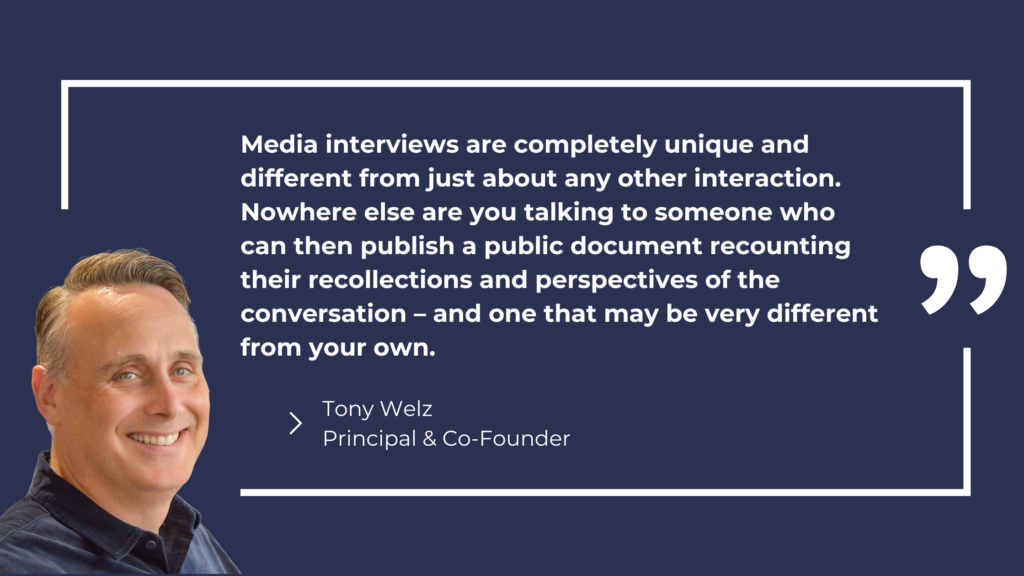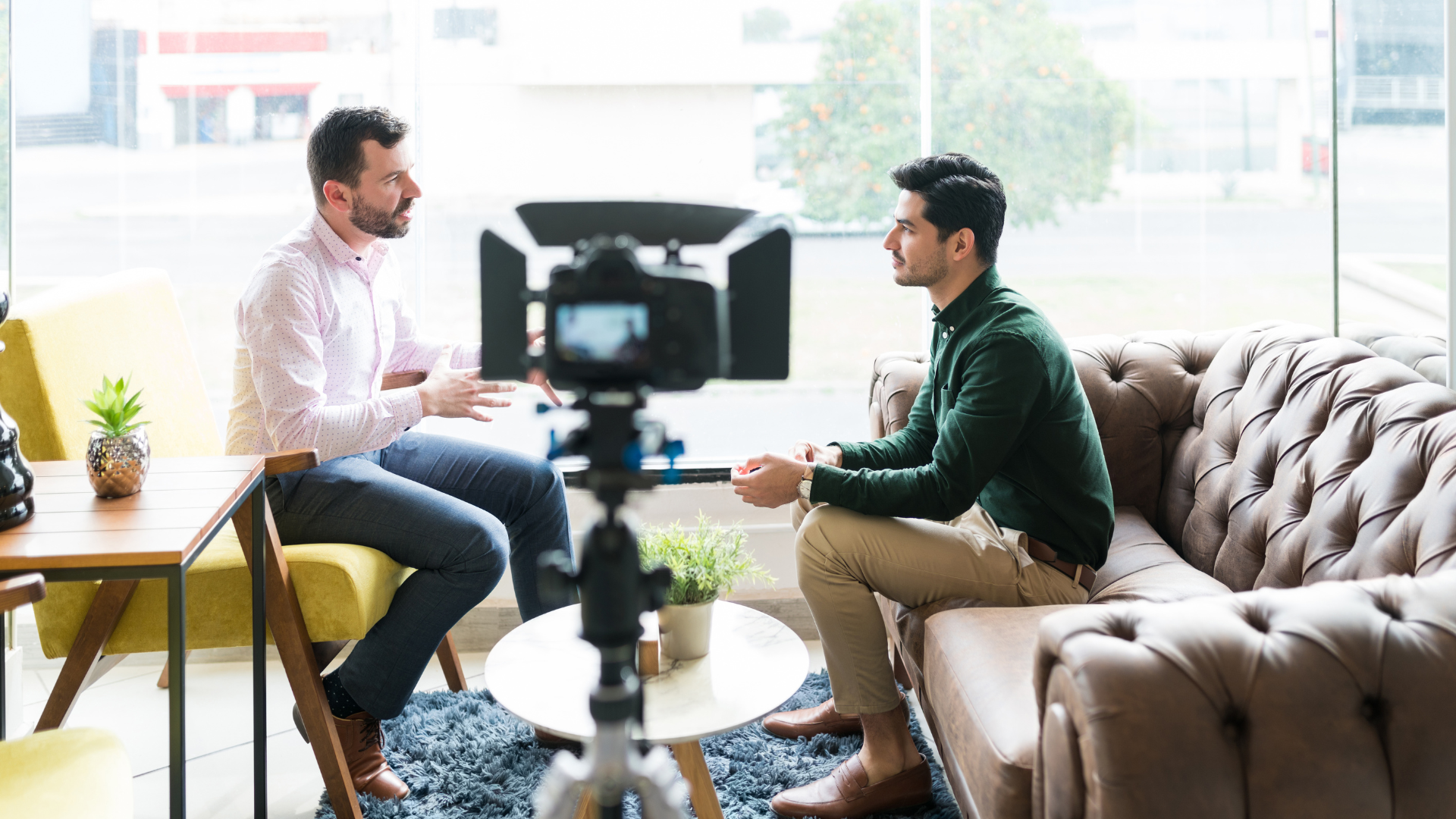When it comes to media training, like many strategic communications initiatives, it’s are never “one size fits all.” Whether your spokespeople are new to media interviews or need a refresh or refining, the foundation of training is the same:
- How much detail do you share? What’s too much and what’s too little?
- How do I effectively get my story across?
- How can I make sure that the reader or viewer will care?
- How can I make sure that the reporter doesn’t ‘trick’ or ‘trap’ me?
Think of media training like building healthy habits — like going to the gym, eating healthy or even changing your own oil – to improve and see results, you need to create muscle memory so you can naturally, quickly and efficiently repeat the process with reduced risk.
I’ve had the privilege of media training CEOs, cybersecurity researchers, government officials and everyone in between. They were all highly successful experts in their fields, but nothing in their backgrounds prepared them to talk to the press or even write with the right authority.
The fact is nothing could prepare them. Media interviews are completely unique and different from just about any other interaction. Nowhere else are you talking to someone who can then publish a public document recounting their recollections and perspectives of the conversation – and one that may be very different from your own.
The important thing to remember is that there are two sides to every interview. Its not just a conversation because each participant also has their own definition of success. A spokesperson wants to tell an unfiltered story, and the reporter wants to tell a story that’s compelling and interesting to their readers/viewers. As a public relations (PR) person, my goal is lay the foundation for a conversation that ensures success for both parties – and one that leads not only to a great story, but a longer-term relationship where our spokesperson can be a resource or sounding board for future stories.
Media training helps ensure that this happens, creating not only a comfort level for the spokesperson but also a greater understanding of how to approach the conversation. It provides you with the tools to stay on message and deliver a compelling story. It helps you anticipate even the most unique or controversial questions and provides the muscle memory to seamlessly pivot away from the questions you would have never anticipated.

Most importantly, it arms you with power words and phrases, like ‘Most importantly,’ which draw the listener in and steer them toward your key points.
Media training is the difference between a story that confuses your message and mislabels your company and a story that helps drive brand awareness and empowers your sales team. Like any learning, media training is never done. It’s an ongoing evolution and cycle. The best spokespeople are always evaluating, analyzing and preparing to improve. Formal training can help create the muscle memories and tools you need to accelerate and better inform the entire process.




